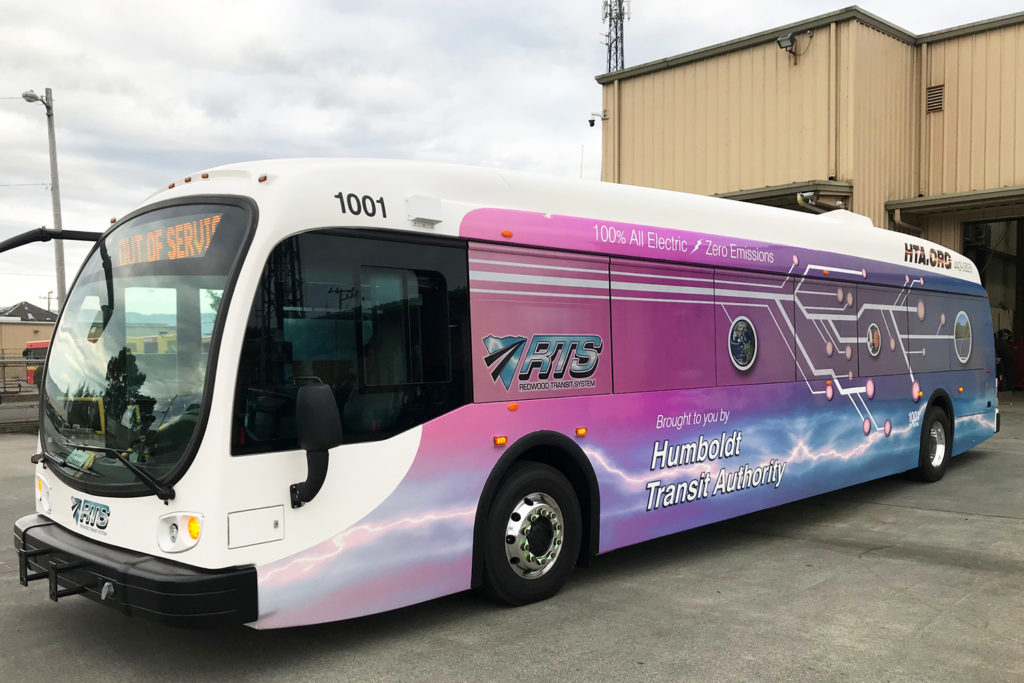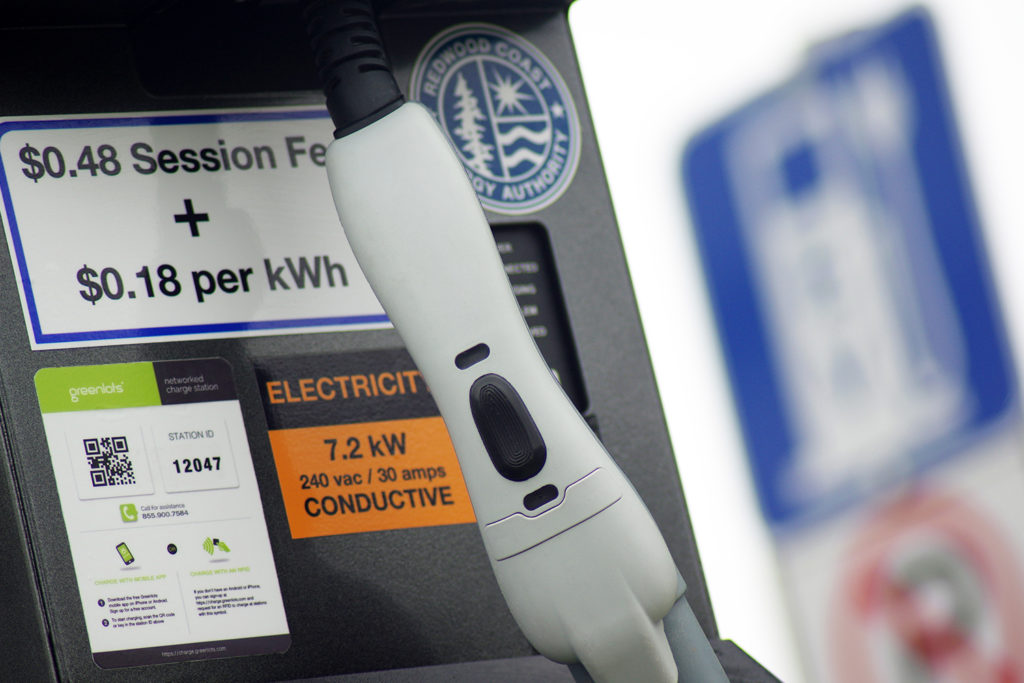
Decarbonizing transportation
The movement of people and products in the United States accounts for roughly a quarter of total energy consumption, a third of carbon dioxide emissions, and more than half of certain criteria air pollutants. To address this critical sector, we work with local and regional stakeholders to accelerate the adoption of low carbon transportation technologies.
Much of our work focuses on the light duty and public transit sectors in California — which is a global leader in the aggressive adoption of zero emission vehicles (ZEVs).
Our work engages local, state, and national government entities, academic institutions, and national labs to tackle key barriers across a broad range of stakeholder groups.

Projects and reports
- Zero-emission transit design and climate resilient infrastructure plan for the Humboldt Transit Authority
- Potential for the Renewable Portfolio Standard to accelerate adoption of electric vehicles
- Public electric vehicle charger access disparities across race and income in California
- Public EV infrastructure planning for the CA north coast and upstate regions
- Public hydrogen fueling infrastructure planning for the CA north state region












